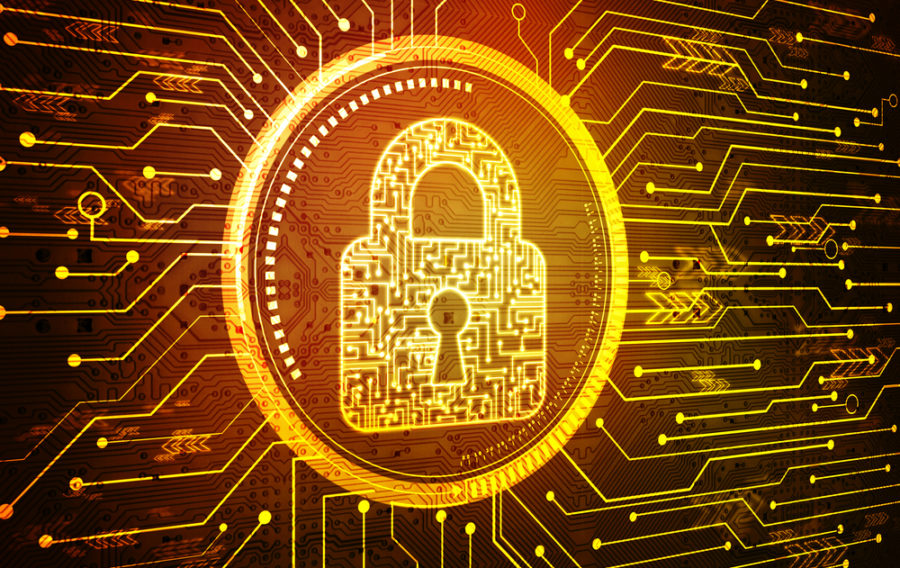
Writing for Defence Online, Matt Smith, Chief Technology Officer at BCN Group, says that while the defence sector is pushing boundaries to protect others, organisations and businesses in the industry are not doing enough to protect themselves against cyber security threats
Those in the defence sector are at the cutting edge of protecting governments, organisations and businesses in countries around the world. But those operating in the space are not necessarily applying the same levels of protection to their own institutions.
Defence organisations must understand that a single cyber security solution is not sufficient when it comes to mitigating the risks they face today; attacks are becoming more sinister and sophisticated and are increasing in volume and duration.
To push back against attacks and disarm hackers, defence organisations must undertake digital transformation and deploy modern workplace solutions to go beyond simply upgrading and optimising IT systems and processes for time and cost saving purposes.
Modern workplace solutions are all about overhauling fundamental business functions and using IT products and services to operate more seamlessly, efficiently and securely. This is certainly the case for organisations with a global presence and a with a mix of office and home-based working.
What we mean by modern workplace solutions:
Modern workplace solutions are advanced IT products, applications and services that support the day to day running of a business. Organisations constantly face new challenges and threats – Covid-19 and the rise in DDoS attacks – and these solutions ensure they can adapt, survive and thrive.
Defence businesses that have not undertaken digital transformation struggle to adapt to changes which can expose them to greater risk. Not only that, but it can also mean they are not in a position to leverage any opportunities that might emerge.
Let me explain by way of example.
A defence business may find that the markets it is in suddenly become regulated or it may want to expand into markets that are tightly governed. Data sovereignty laws in these markets can differ and, in some cases, organisations might be required to have servers located in that country
Businesses that have undertaken digital transformation will already have IaaS, PaaS and SaaS solutions in place. These modern, cloud-based technologies provide unparalleled agility, allowing rapid change and enabling businesses to meet regulatory requirements in any market.
Widows Virtual Desktop is the solution we recommend as it is a best of breed VDI solution that brings together IaaS and PaaS to deliver a secure, familiar desktop for employees to access apps, files, data and communications. What’s more, this can be done from any device and location.
Such technologies are available to defence organisations and businesses of all sizes. They are subscription based and allow hyper scale growth without the need for large capex investment or complex, lengthy deployment times.
How modern workplace solutions help mitigate cyber threats:
There are several benefits of migrating to Windows Virtual Desktop, including a more seamless and collaborative way of working no matter where your employees are located. But the most significant upsides are regarding system, data and communication security.
Windows Virtual Desktop is unrivalled in the protections it offers. This is due in part to the way it uses artificial intelligence and machine learning. For example, AI is used to track where users are located and the devices they are using.
This means that if an employee tries to log-in from an unknown or unapproved IP, such as a coffee shop, shared workspace or public WiFi connection, additional layers of security will be activated before they can successfully log-in.
A second example is impossible travel rules; if an employee logs-in from their smartphone in the UK and then logs-in from their laptop ten minutes later in Germany, a security warning is triggered. This warning can be sent the CIO so they can evaluate the situation and take action.
Another element is Microsoft Endpoint Manager, which enables complete control of the devices connecting to your network. Only approved devices can access Windows Virtual Desktop whether working from the office or home.
This gives the business a lot more control and far greater insights over user authentication and where systems, apps, files and data are being accessed from. With human error the biggest cyber security vulnerability, this significantly reduces the risk of falling victim to an attack.
With the volume and duration of cyber attacks only set to rise, defence organisations must take action now to better protect themselves. Digital transformation and modern workplace solutions are the best way of doing this as they also allow organisations to unlock additional efficiencies.
Some defence businesses have already undertaken digital transformations and are able to significantly reduce the risk of a successful cyber security attack, but can you say the same for you and your organisation?
If you would like to join our community and read more articles like this then please click here







